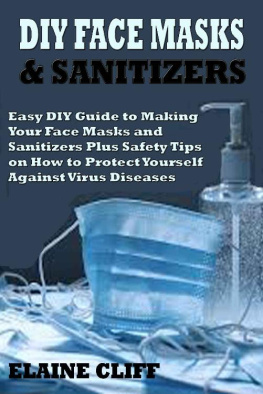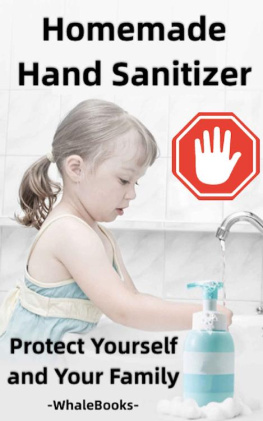N95 respiratorsand Surgical masks (masks) are examples of personal protective equipment thatare utilized to shield the wearer from airborne particles and from fluid thatcontaminates the face. Centers for Disease Control and Prevention (CDC), TheNational Institute for Occupational Safety and Health (NIOSH) and OccupationalSafety and Health Administration (OSHA) additionally manage N95 respirators.
It is vital to recognizethat the best method to prevent airborne transmission is to use a combinationof interventions. Of the entire hierarchy of controls, not just PPE alone. Theyare two types of masks. They are:
1. N95 respirators
2. Surgical Masks (Masks)
N95 Respirators
An N95ventilator is a respirator that was developed for a very tight face fit andhighly efficient filtration of air particles. The "N95" designationmeans that the breathing apparatus blocks at least 95 percent of very smalltest particles (0.3microns) during careful testing.
When assembledcorrectly, the filtering capabilities of N95 respirators exceed those of theface masks. Even a properly installed N95 fan does not eliminate the risk ofillness or death.
The Centers forDisease Control and Prevention (CDC) does not recommend that the public wearN95 face masks to protect them from respiratory diseases, including coronavirus(COVID-19). The best way to prevent disease is not to be exposed to this virus.However, as a reminder, the CDC always recommends everyday preventive measureslike washing your hands to prevent the spread of respiratory diseases.
Generalprecautions for respiratory system N95 people with respiratory, cardiac orother chronic respiratory difficulties should consult their doctor before usingan N95 ventilator because the N95 ventilator can make it difficult for the userto breathe. Some models have exhalation valves that can facilitate exhalationand reduce heat build-up. Please note that N95 respirators with exhalationvalves should not be used when sterile conditions are required.
All N95 approvedrespirators are labeled as "disposable" disposable devices. If yourbreathing mask is damaged or dirty, or if breathing becomes difficult, therespirator should be removed, disposed of properly, and replaced with a newone. To safely dispose of your N95 respirator, put it in a plastic bag andthrow it away. Wash your hands after handling the used respirator.
The N95breathing apparatus is not suitable for children or people with facial hair.Because children and people with facials hair cannot achieve a proper fit, theN95 blower may not offer complete protection.
SurgicalMask (Face Masks)
The Centers forDisease Control and Prevention (CDC) does not recommend that individuals whoare well wear a face mask to protect themselves from respiratory disease,including coronavirus (COVID-19).
A surgical maskis a loose-fitting, disposable device that makes a physical barrier between themouth and nose of the wearer and potential contaminants in the immediateenvironment. Surgical masks are regulated under 21 CFR 878.4040. Surgical masksare not to be shared and might be labelled as surgical, isolation, dental, or medicalprocedures masks. They may come with or without a face shield. These are often referredto as face masks, although not all face mask is referred to as surgical masks.
Surgical masksare made in various thicknesses and with various capacity to shield you fromcontact with fluids. These properties may likewise influence how effectivelyyou can breathe through the face mask and how well the surgical mask protectsyou.
If wornappropriately, a surgical mask is intended to help block large-particledroplets, splashes, sprays, or splatter that may contain germs (viruses andbacteria), keeping it from reaching your mouth and nose. Surgical masks may alsohelp reduce exposure of your saliva and respiratory secretions to other people.
While a surgicalmask may be effective in blocking splashes and large particle droplets, a face mask,by design, does not filter or block very small particles in the air that may betransmitted by coughs, sneezes, or certain medical procedures. Surgical masksalso do not provide complete protection from germs and other contaminantsbecause of the loose fit between the surface of the face mask and your face.
Surgical masksare not to be used more than once. In the event that your mask is damaged orsoiled, or if breathing through the mask becomes difficult, you should remove theface mask, dispose it safely, and replace it with a new one. To securely discardyour mask, place it in a plastic bag and put it in the trash. Wash your hands afterhandling the used mask.
How toUse a Face Mask
There arecertain rules on how to handle a mask and not to harm yourself.
When toPut on
In indoor facilities where the risk of air-drip diseases is increased:airports, hospitals, public places where are sneezing-coughing people areclose.
How toPut on
1. First, wash your hands carefully with soap and water. You should rubyour hands with soap for at least 20 seconds before washing the soap away withwater.





